Tree Removal Prices
websitebuilder • 25 July 2022
How much will it cost to remove a tree?
The price of tree felling can vary depending on the trees size, species, location and access. Common reasons for tree removal are for safety sake, garden design and personal preference.
Call us
whatever the reason, we ALWAYS recommend you seek professional help when looking to fell a tree.
The first thing to look for when felling a tree is to see if there is a protection order on the tree. Unlimited projects can advise/ handle this for you free of charge when appointed to undertake the work.
The average cost of felling trees is as follows:
Small Trees (less than 8 meters) will cost on average £150-£350.
Medium trees (8-16 meters) will cost on average £200- £700.
Large trees (16-24 meters) will cost on average £600-£1200.
Extra-large trees (over 25 meters) will cost an average of £1000-£3000.
Tree removal can take anywhere from 3 hours to 5 days to complete.
When looking to have a tree removed, we recommend that you are 100% certain you want the tree removed as it can not be glued back in. Depending on the tree, many professional arborists will ask for half the payment upfront.
Please contact Unlimited Projects if you require a professional tree removal service.
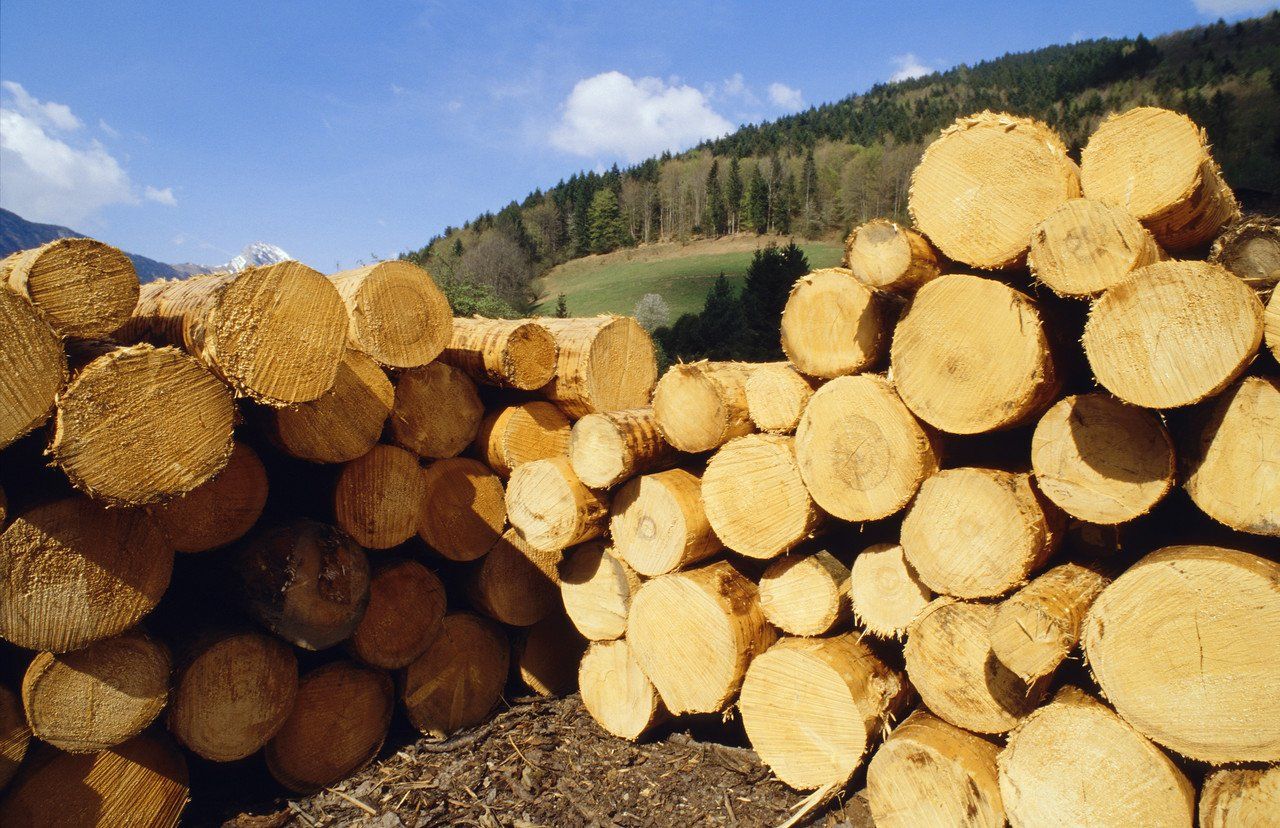
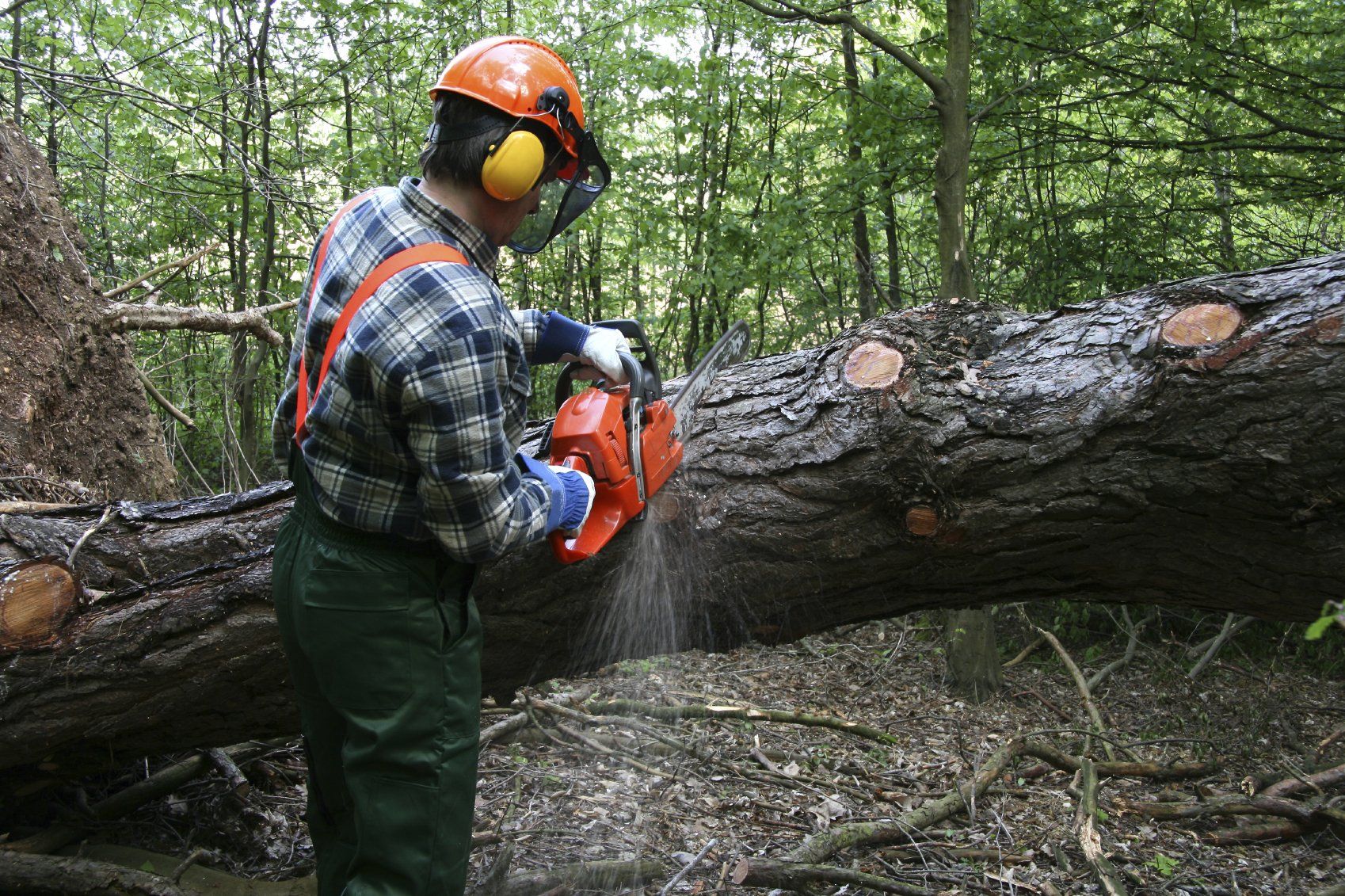
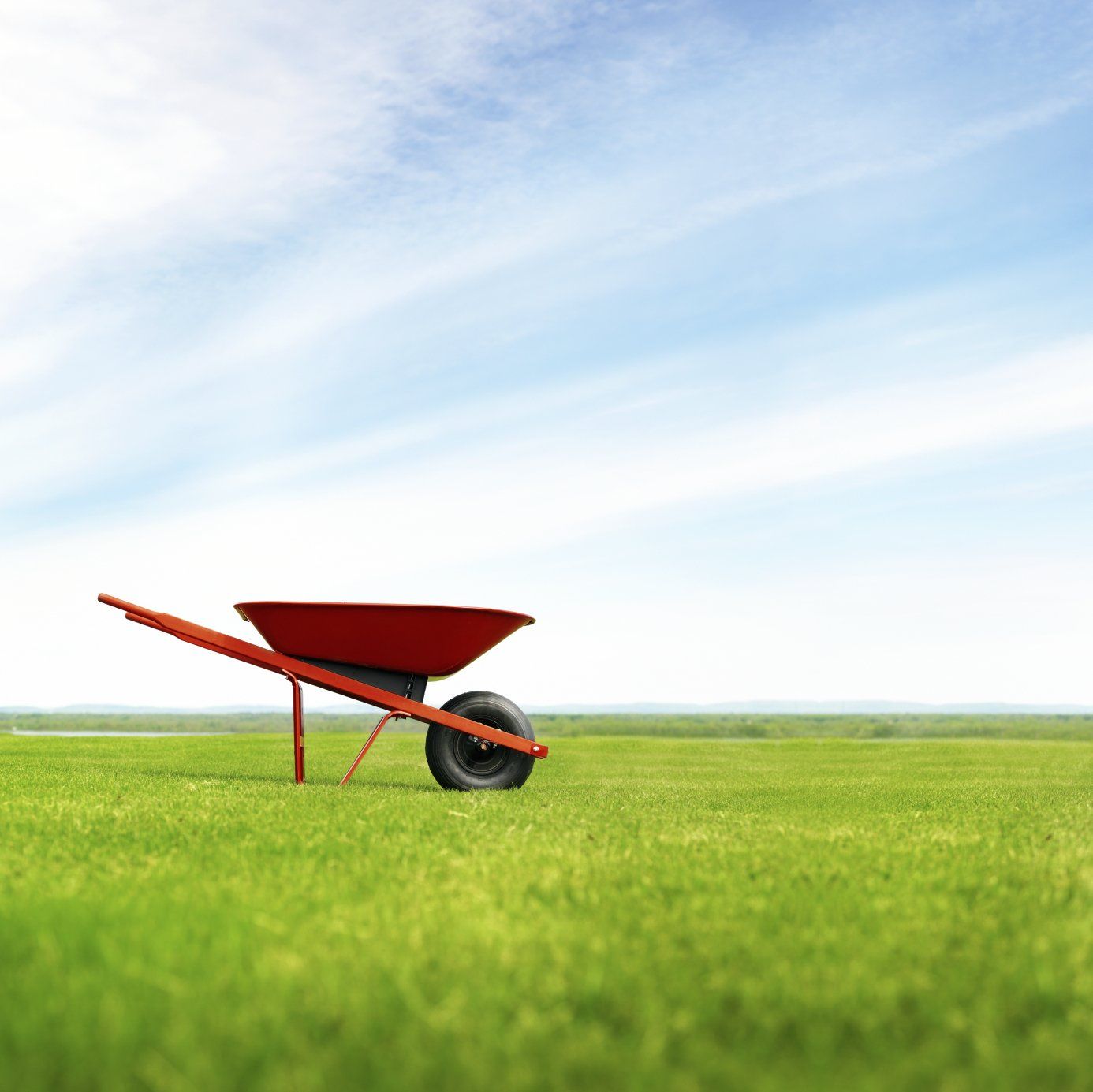
Garden designs are important for keeping up the aesthetics of your home. designing a garden can quickly become an expensive hobby but there are ways to have a regal looking garden on a budget. Fences are a great way to secure your garden and increase your privacy they are also the first thing people notice when entering a garden. Fencing can compliment your landscape design by providing the feeling of security that you need to relax in your outdoor space. A better alternative to fencing is a natural, green fence. Hedge lines are excellent property boundaries as they can be altered in size and shape as well as providing a less man made feel to your garden. There are many ways to make hedge lines work. Its important to consider how much space you have for a hedge and how tall you would like your boundary to be. After this you must consider the growing conditions your garden provides and the time you can spare for maintenance. These considerations should help narrow the search for your perfect bush. Another great idea on a budget is an entrance archway. Made of wood, stone; and green archways that consist of climbing plants, these features add a luxurious feel to your out door space. In many cases, traditional British gardens are flat and tend to spread horizontally. So why not break up the landscape with plants that grow vertically. Climbers are wonderful space-saving options that help transform your garden by making it welcoming & greener. With these you can create live walls that help break up empty spaces in your garden adding year round vibrant colours and fragrances. One of the most forgotten parts of gardens is often lawn edges. keeping crisp edges on your grass is a great way to elevate the look of the space with no additional expense. Our ideas are unlimited when it comes to garden design so if you require assistance or design, please contact us.
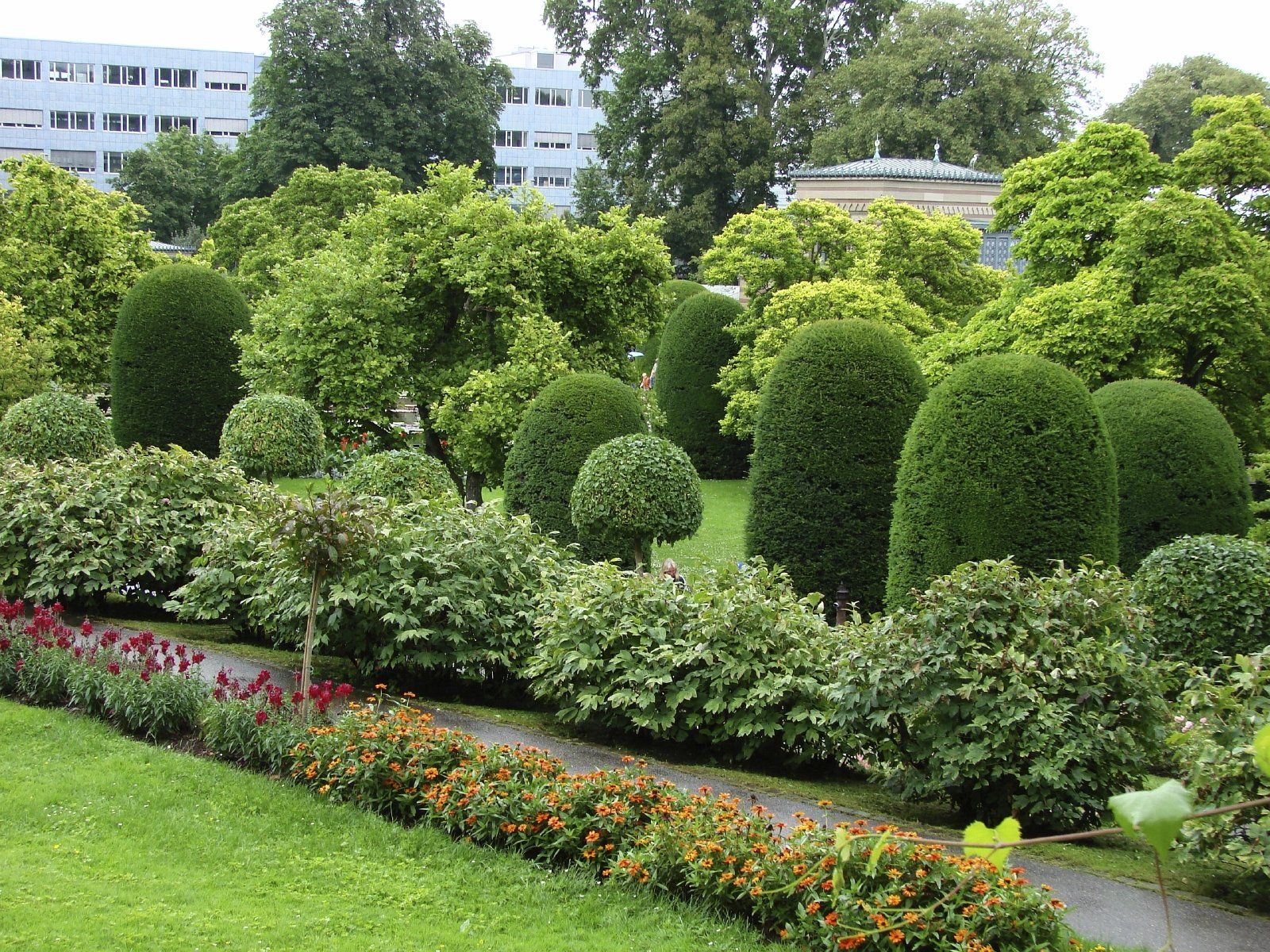
With their vast array of shapes and sizes, conifers are useful for adding year-long interest and evergreen structure to your garden. conifers are trees or shrubs that bear cones. they are a versatile group that can be used in many ways within a garden, excelling as privacy screens, sound barriers, backgrounds for flowering borders and as accents in rock gardens. The smaller dwarfing varieties are also perfect for creating contemporary pot displays. There are three things to look for when considering conifers: Height Dwarfing have a super-slow growth rate, reaching a height under 40cm in 10 years. Slow growing have a height under 1 meter in 10 years Medium growing can reach u to 2 meters in 10 years Fast growing will reach any height above 2 meters in 10 years. Shape All conifers can be broadly split into four basic shapes: round or mounded, flat or ground hugging, conical and cylindrical. Intended use Hedges Fast growing conifers are perfect for hedges, providing privacy whilst absorbing traffic noise and pollution. They also offer shelter for birds and wildlife whilst providing a backdrop to your flower borders and lawns. Ground cover Flat and ground-hugging conifers are great for helping to suppress weeds, especially on banks and slopes. They are also a great way to edge ponds, paths or borders or cover up unsightly areas. Alternatively, they can be used as a foil for bulbs, flowers, or grasses. Pots and Containers Miniature conifers make a perfect centre piece to a patio pot or container, happily sitting in the same pot for 5 years with minimal attention. Try them with winter bedding and spring bulbs and flowers which can then be swapped for summer bedding for attractive containers all year round. Water in summer, trim occasionally and add an annual slow-release fertiliser to keep them healthy. Dwarf varieties have distinctive shapes and needles, making them ideal as pot grown specimens for that contemporary look. Choose a pot relative to the conifer’s size in a complementary colour. Ponds & Water features Conifers look great when planted around water features, especially when paired with acers and azaleas. They can also be useful for hiding pond liners and breaking up any hard edges. Borders Slow to medium growing conifers provide excellent evergreen structure within borders from which to display and contrast other plants, especially heathers, grasses, and architectural perennials. They are also useful for informal boundary planting as they help to absorb traffic noise.
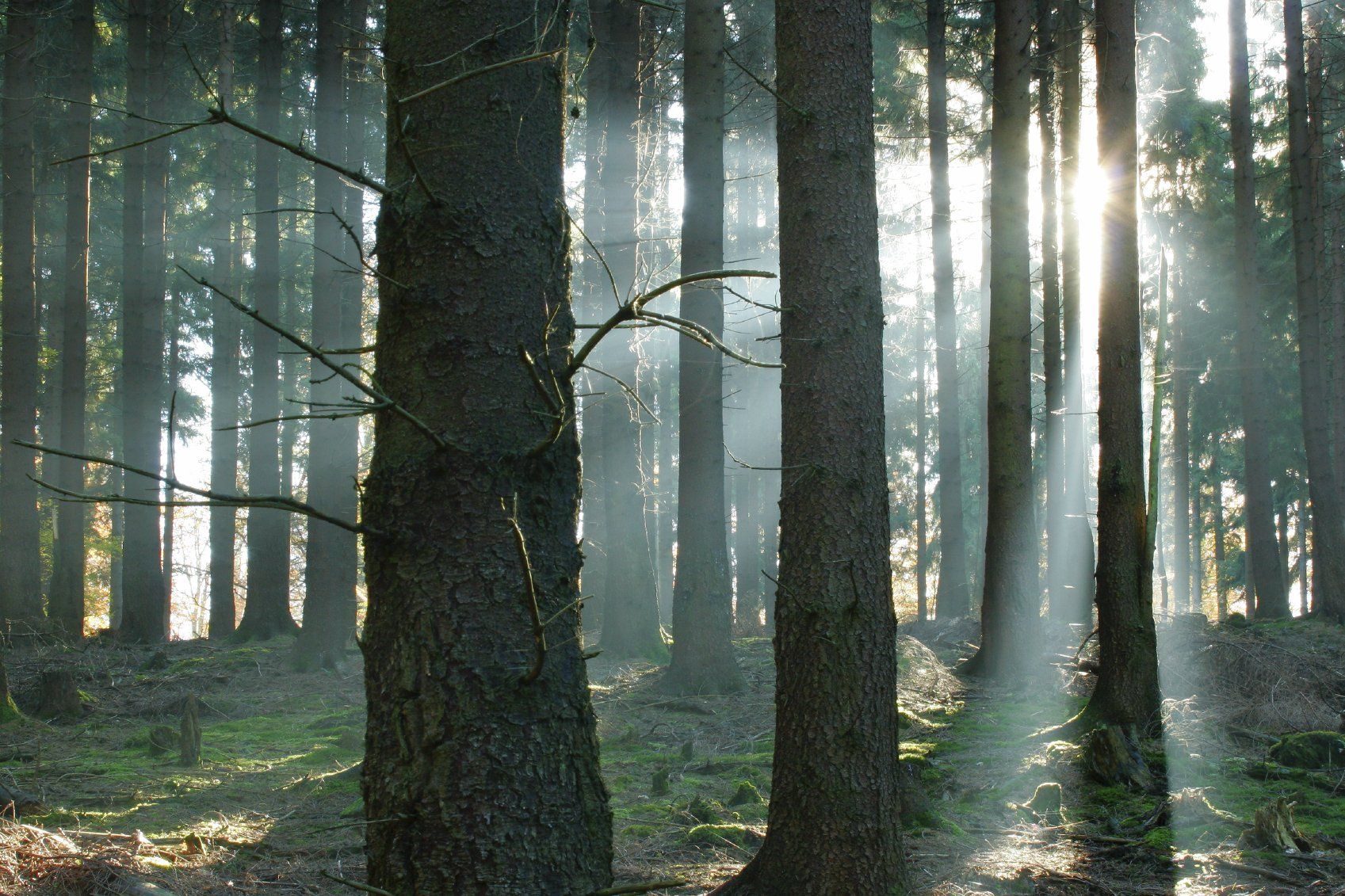
A Tree Preservation Order is an order made by a local planning authority in England to protect specific trees, groups of trees or woodlands in the interests of amenity. An Order prohibits the: cutting down topping lopping uprooting wilful damage wilful destruction of trees without the local planning authority’s written consent. If consent is given, it can be subject to conditions which have to be followed Some local authorities have maps you can check to see if a tree or wood has a TPO or is in a Conservation Area. If no map or list is available, or if there is any doubt, speak to your local authority. As with owners of unprotected trees, they are responsible for maintaining their trees, with no statutory rules setting out how often or to what standard. The local planning authority cannot require maintenance work to be done to a tree just because it is protected. However, the authority can encourage good tree management, particularly when determining applications for consent under a Tree Preservation Order. Arboricultural advice from unlimited projects, or the local authority, will help to inform tree owners of their responsibilities and options. It is important that trees are inspected regularly and necessary maintenance carried out to make sure they remain safe and healthy. Authorities may only use an Order to protect anything that may ordinarily be termed a tree. This would not normally include shrubs, but could include, for example, trees in a hedge or an old hedge which has become a line of trees of a reasonable height. The removal of countryside hedgerows is regulated under different legislation. Anyone can apply for consent under an Order. The applicant will usually be the owner of the tree or trees in question or an arboricultural contractor. If you require help with a TPO, please contact us now.

Boundary hedges often grow to overhang the street or pavement. These should be regularly maintained to ensure they do not impede access to the public. maintenance trimming is carried out, usually twice a year however, Some hedges may need three cuts a year. Maintenance trimming is generally carried out between spring and summer. We recommend you have your hedges trimmed at least once a year. It is important to check that there are no birds nesting in your hedge, as it is an offence under the Wildlife & Countryside Act 1981 to damage or destroy the nest of any wild bird while it is in use or being built. The price of hedge trimming varies depending on size, species, location and access. The average cost of trimming a hedge is as follows: Small hedges (less than 5ft height) cost an average of between £4-£8 per meter. Large hedges (more than 5ft height) cost an average of between £8.50-£15 per meter. If you are looking for a professional who offers a hedge trimming service in Southampton and surrounding areas, contact Unlimited Projects.
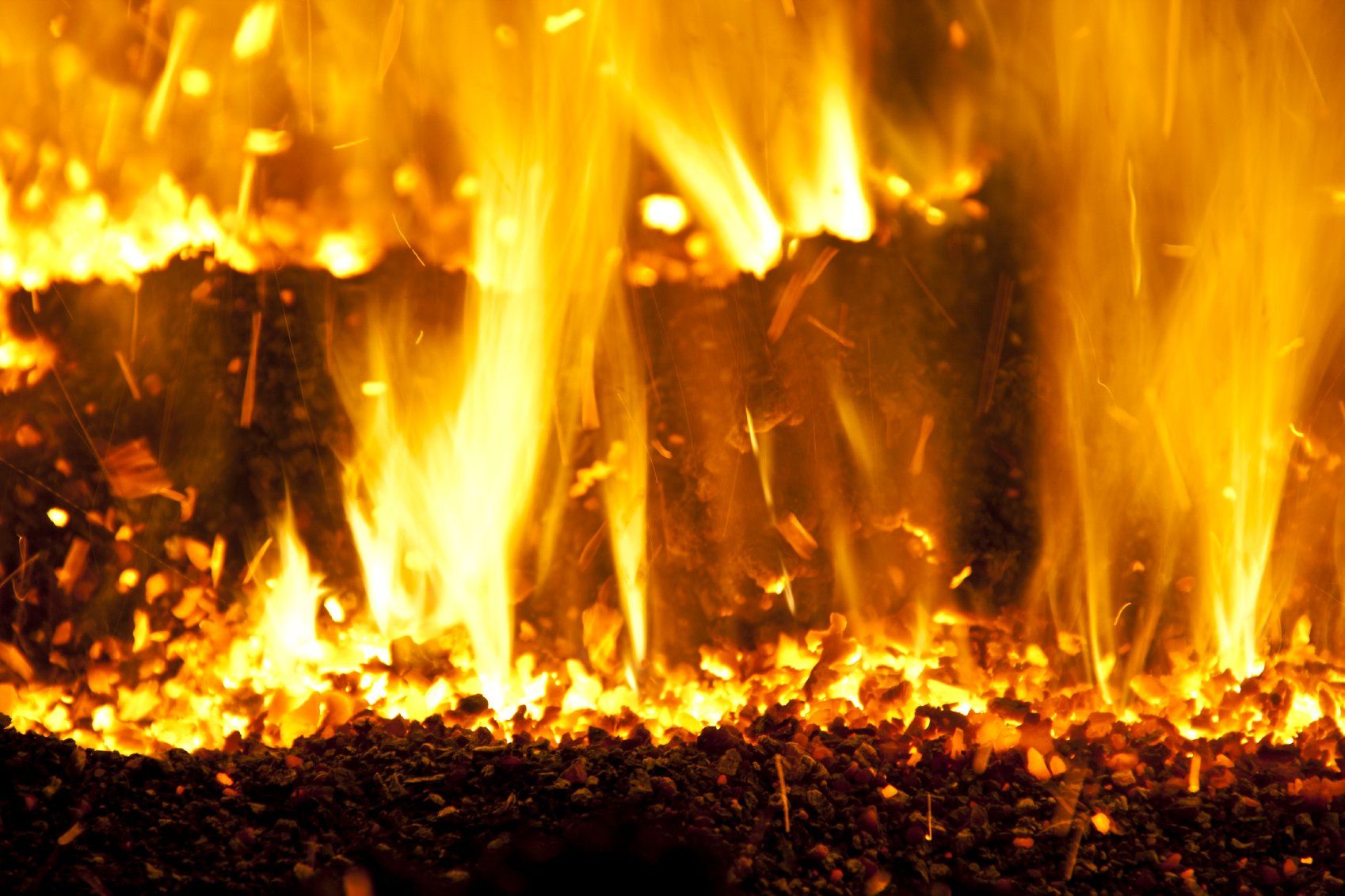
All too often green waste is just burnt in a field or back garden. Despite being a convenient option, burning green waste is a bad waste disposal idea, whether in your own back garden or in your local landfill. This is because over time, burning green waste has a huge impact on all of our lives. However, green waste is made up of organic matter which can be composted. This means It can then be recycled into topsoil or as biofuel. Biofuel is a fuel that is produced over a short time span from biomass, rather than by the very slow natural processes involved in the formation of fossil fuels, such as oil. Biomass can be used as a fuel directly (e.g. wood logs). All of our green waste goes to a biomass facility where it is turned into a renewable energy source.

Please check out the official hose pipe van page to see if there is currently a hosepipe ban in your area: https://hosepipeban.org.uk/hosepipe-ban-current-situation/ Hosepipe bans happen during or after a heatwave but can also come into effect after dry winters. It is imperative you follow any restrictions put in place to ensure that a water shortage does not affect critical infrastructure. During a hosepipe ban, different levels of restrictions can be applied, including: Watering private gardens or any plants using a garden hose connected to mains water (stored water from water butts are exempt) Cleaning a vehicle such as a car, motorbike or van, using a hosepipe Clean windows, paths, patios or other outdoor surfaces using a hosepipe. Use water for recreational use, such as filling paddling pools, ponds or fountains. Please remember that a hosepipe ban is legally enforceable. A person found disregarding a ban can be prosecuted through criminal courts and fined up to £1000. The best solution to keeping your garden looking it’s best throughout a ban, is to hire a professional company who can water your garden from a water bowser utilising stored rain water.
